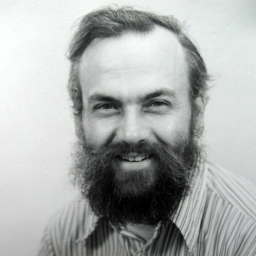| | Click picture for full setting. |
| Sergey Fomel set the direction of my last book's coding.
In PVI I realized that the old Fortran language F77 missed many opportunities.
We needed something new, but should it be F90, C++, or Java?
I was getting too old to set the direction.
With no prompting from me,
one summer Sergey converted my last book to F90. That set the direction!
I invented the helix approach which offered us the opportunity
of a single code that would work in any number of dimensions.
Sergey built the infrastructure that made this actually happen.
He maintained and improved our LaTeX environment.
I had some inversion illustrations that
looked much better after he worked on them.
| 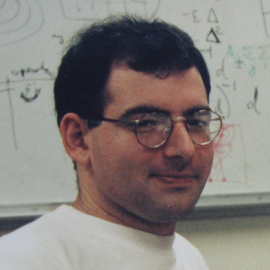 |
| Bob saved my code presentation style.
He also prepared many important examples.
Any real coding language is cluttered with stuff that doesn't look
much like mathematical concepts.
To minimize this I began years ago using Ratfor, a utility that
came with the original UNIX.
I had gotten deeply dependent on it as a way of showing real code as concise code.
When we made the leap to F90, we had no Ratfor to go with it. Bob saved me.
More specifically, Bob wrote a Ratfor90 translator from "my language" to Fortran 90
(with Sergey an extension, loptran Linear Operator Fortran).
Bob also prepared a number of examples in my last book.
When students wouldn't pick up on a good idea like steering filters,
interval velocity estimation by inversion,
or random numbers in regularization,
Bob would do it.
| 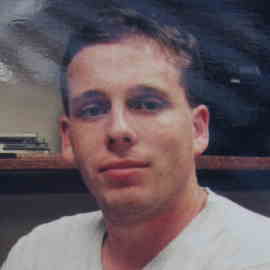 |
| Stew Levin is the kind of guy everyone likes to have on their team.
He is the kind of guy who goes around looking for problems.
Then, instead of complaining, he fixes them!
Not only did he do this during his PhD years,
but he has returned as a consulting faculty member.
I'm sure he has done more for me than I know.
More specifically, in early days I invented/assembled what we now call "Seplib",
some low level utilities for concisely managing input/output, and parameter handling.
Being who I am, these were full of bugs. They also offered many avenues for enhancement.
Stew took all that on, besides which he created great documentation.
One day I asked Stew a question, "How could I know if I had coded an adjoint correctly?"
He gave me the answer which I have promoted to where now many geophysicists
routinely add the "dot product test" to their testing.
In IEI Stew contributed a valuable method
to avoid time domain wraparound
in phase shift downward continuation.
| 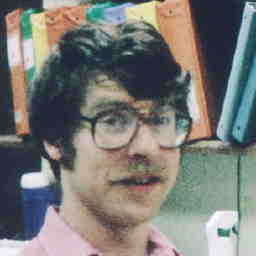 |
| Joe Dellinger wrote the graphics software intensively used by the whole team at SEP.
In this day and age you might feel graphics software is something a scientist should outsource.
Perhaps that's so today, but Joe did this a long time ago.
Everytime a new graphical device would come into our lab the people here
would not be able to use it until they learned its language,
or not until somebody else here learned its language.
Joe defined what we now call an "intermediate plot language", his being "vplot".
We all write our plots to vplot which prepares output for many "devices",
where by that word today we principally mean Xwindow for screen plots and Postscript for hard copy.
| 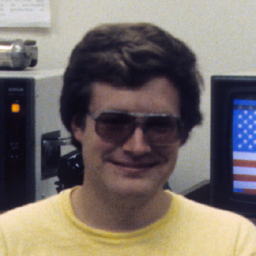 |
| Matthias Schwab took seriously my idea of "reproducible research";
he strengthened it, propagated it to others, and retrofit (to a degree) my older books
and organized SEP's research reports of all vintages. Specifically, his
contribution was to convert us from an older nonstandard make (cake) to GNU standard make (gmake).
On his own initiative he hired Joel (see below) to assist in all the tasks he set for himself.
Matthias also assumed for himself the unpleasant responsibility of reproducibility testing of work of others in our group.
| 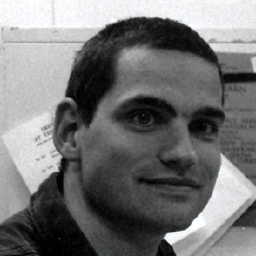 |
| Kamal Al Yahya saved my old books written (and retyped) in the original UNIX formatting language "troff".
He wrote a program to convert them to LaTeX.
This program was later used all over the world by many people in many fields.
He did this on his own initiative without being asked.
| 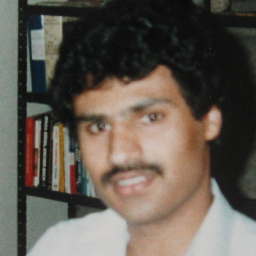 |
| Antoine Guitton produced most of the illustrations that I have installed in my books
in the years preceding (and following!) my retirement.
He has been a great sounding board for all areas where I aspire to illustrate "just one more concept."
| 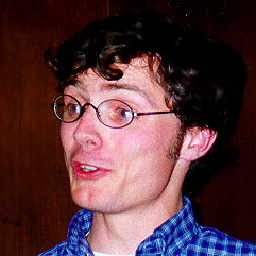 |
| Martin got SEP on the web, including my books. Hooray!
He did the essential work to get my book and early SEP reports in reproducible form on CD-ROM.
This was before the days when nonprofessional IT people made CDs.
He helped me design the rules for reproducible research.
He was the first to assume the unpleasant responsibility of testing
the reproducibility of research done by others in our group.
| 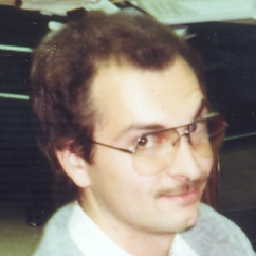 |
| Rick Ottolini was tied (along with Bob) as the fastest coder at SEP.
Trying to emulate Rick is what brought me to invent Seplib.
He held my hand as I begun learning interactive programming.
Mostly, he enhanced insights of everyone at SEP
by his cube viewing program "Movie".
Some sponsors would join SEP for the sole purpose of getting access to Rick's program.
| 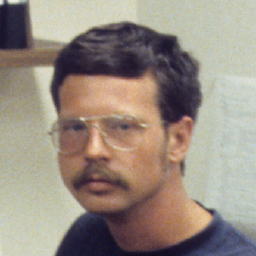 |
| Francis introduced me to the L1 norm, from which I received more notoriety than he did.
He showed me/(all of us) how to achieve accuracy in wide angle wavefield extrapolation
in the presence of lateral velocity variation.
He showed us how to maintain stable wavefield extrapolation.
| 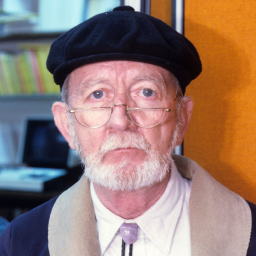 |
| Jeff Thorson struggled to keep our computer running in the very early days when that was not easy.
He particularly influenced me one day when a Princeton speaker explained tomography
as an inversion problem using Saunder's LSQR program. Jeff asked the speaker,
"How do you know what the adjoint operator is?"
This sent me on a powerful tangent leading to where I am today.
I realized my second book IEI needed to be sent to the printer immediately
because I had not addressed that issue and it would be occupying my mind for a long time to come.
| 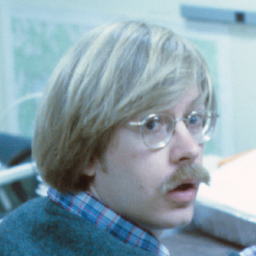 |
| Dave Nichols introduced me to "cake," a method of program maintenance that I soon
adapted to the needs of "reproducible research."
Dave introduced WWW browsing to all of us at SEP.
Dave participated in our struggles to learn to handle linear operators
in a systematic way. He led the way in C++ though that turned out to be the path not taken.
He also wrote "xtpen", a program we now use almost daily to view seismic data in an X window.
| 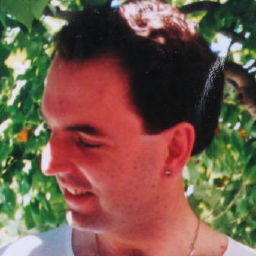 |
| John W.C. Sherwood got me excited about reflection seismology.
Although I enjoyed my own MS and PhD thesis work at MIT,
both frustrated me in their inability to deal with real data by means of serious theory.
When I arrived at Stanford,
he invited me to Chevron and showed me the amazing results he was getting with "Continuous Automatic Migration".
That set the direction of my career, leading to formation of SEP.
| 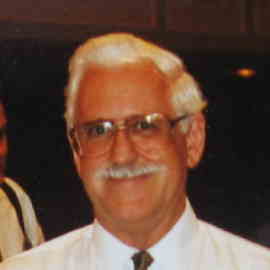 |
| Fabio Rocca understood dip moveout before I did. My book BEI now explains it the way he did.
| 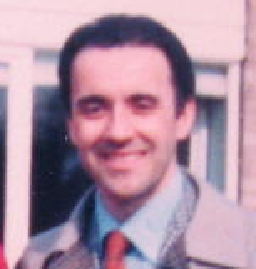 |
| John Parker Burg inspired me first by teaching me the "Burg method" of prediction error filter estimation.
He taught me that a 2-D PEF would have an output white in the plane, and showed me the proof.
Now I teach that proof every year. It's basic, and not widely appreciated.
Later he showed me/us another method of spectral factorization, the Wilson method.
| 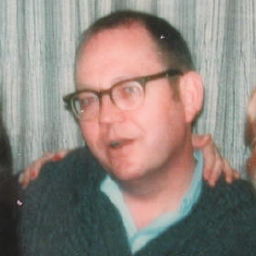 |
|
Einar amazed me both in theory and in practice.
For theory, he (plus Francis) led me to understand that minus i omega to the gamma power
leads to a causal constant Q attenuation.
For practice he showed me that amplitude versus offest (AVO) of deep reflectors,
popularly thought to be diagnostic in petrophysics,
is more likely an absorption or focusing effect of the shallower earth.
Further, he showed us how to get images of the disturbing shallower earth.
And I must not forget "t-squared", the theoretical gain function that I always use in practice,
one power of time relating to spherical divergence,
the second a consequence of absorption loss narrowing seismic bandwidth with time.
| 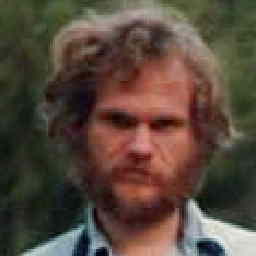 |
| James took the solar physics data I got for him
and verified that my helix idea mixed with classical spectral factorization
leads to a beautiful calculation of the 3-D sonic impulse response of the sun.
| 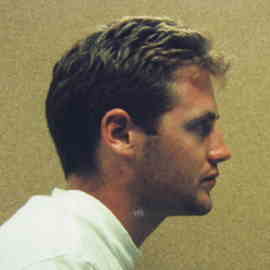 |
| Rob, with some EE students, installed the first computer at SEP and guided us
towards the C language. Rob introduced us to the troff mathematical text formatting language,
and wrote "getpar", our first way of getting parameters into a program
without having to recompile it (a big chore in those days).
He wrote the beginnings of our plot system, later passed to Dave Hale and then to Joe Dellinger.
| 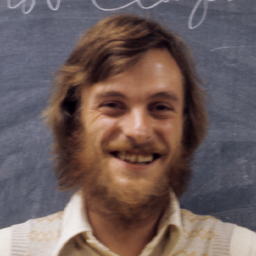 |
|
Paul Sava helped me by splitting a giant least squares solver that did everything
into many smaller solvers that could be introduced to learners one at a time.
| 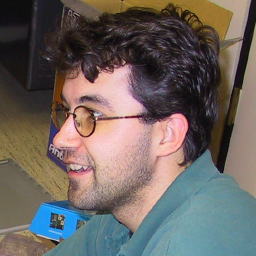 |
| Dave Hale wrote early plot software widely used in our group. Eventually it was taken over by Joe.
He also wrote the contour plot program I used.
| 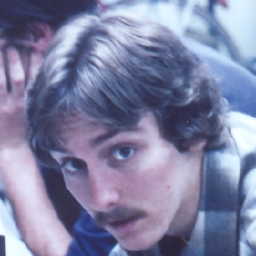 |
| Steve Cole wrote the filter to convert vplot to postscript.
That enabled us to convert the plots we could see on a screen to plots on a piece of paper.
| 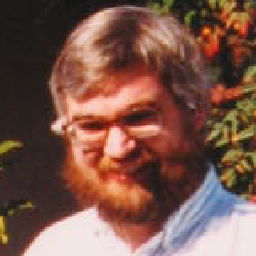 |
| John#3 figured out how to automatically include our paper plots with our equations in postscript.
For me this was an important stepping stone to "reproducible research".
| 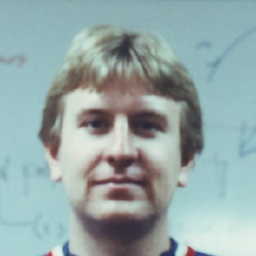 |
| Bill Harlan introduced many inversion ideas at SEP before I knew how to think about preconditioning.
Luckily he returned later in summers.
| 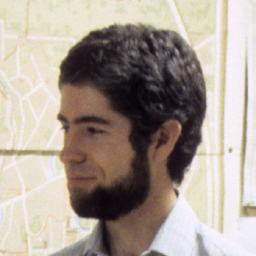 |
| Morgan Brown prepared some attractive illustrations showing how we can use 2-D PEFs to model data and fill holes in it.
| 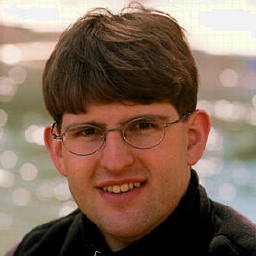 |
| Jesse and I worked up the idea that we could invert the gradient of travel time (i.e. dip) to flatten volumes of seismic data. He ran with it, developed it, and came up with magnificent results leading to great illustrations in my current book.
| 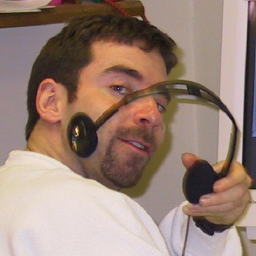 |
| Brad suggested as long as I was making a figure showing
data that had been squared in (f,k) space (to generate synthetic multiples),
I should also show the data that (in (f,k) space) had been multiplied by its complex conjugate.
| 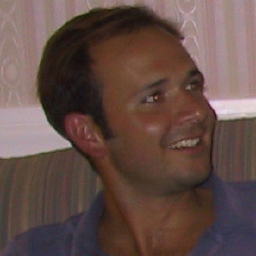 |
| Enders Robinson was my mentor during one graduate study year in Sweden.
He introduced me to multichannel time series analysis.
I'm still disappointed I never got going a good practical example.
Perhaps I should work with multicomponent data or with multicolored photographs.
| 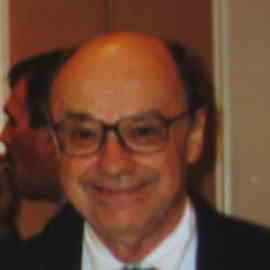 |
| Cecil Green is a world famous philanthropist who earned his money in my field, exploration seismology.
He supplied buildings that I have used.
Today I am the "Cecil Green professor".
I am gratified to be able to say that Cecil was a warm friend of mine.
| 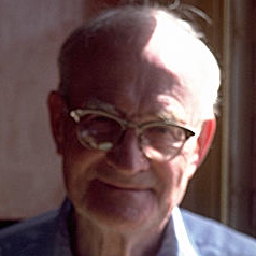 |
| Joel Schroeder was hired by Matthias(above) to build "gmake" reproducibility in my books and SEP reports.
| 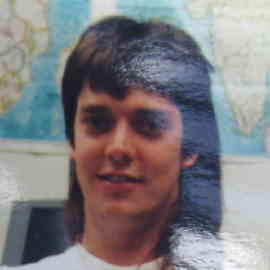 |
| Sue Erlin was my first secretary.
She typed my equations, putting a special type ball in the typewriter every time I used a Greek letter or mathematical symbol.
| 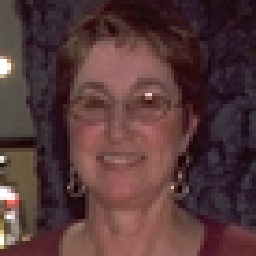 |
| Jo Ann was our second secretary. She typed a lot of IEI.
| 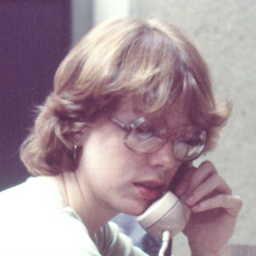 |
| Pat was our third secretary,
now called an administrator because her duties
went well beyond traditional secretarial duties.
When I would print a section of my book in those days,
the illustrations needed to be copied, cut to size, and taped into
the manuscript.
| 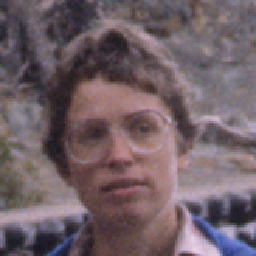 |
| Diane was and is our fourth administrator.
Biondo will be in big trouble when she retires!
| 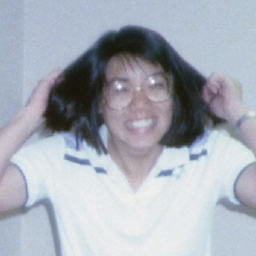 |
| Biondo Biondi is the guy who took over all my responsibilities
so now I can do whatever I want whenever I want.
Hooray for Biondo!
| 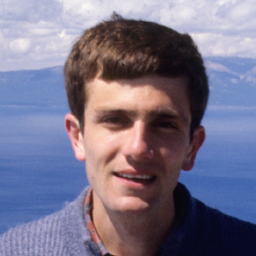 |
